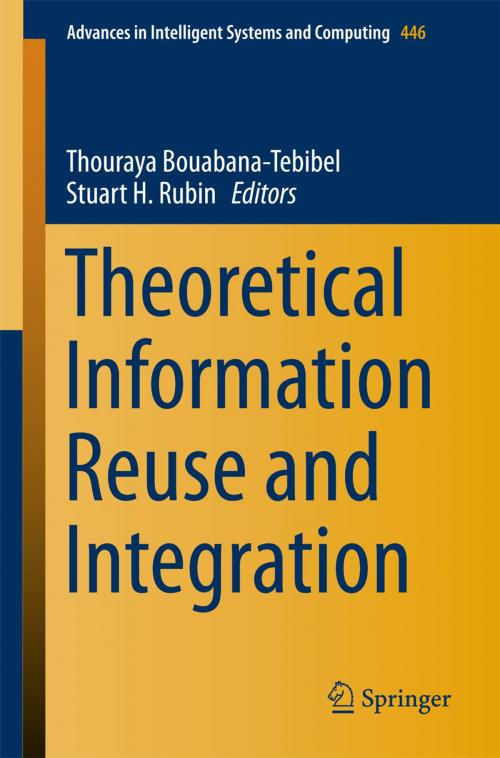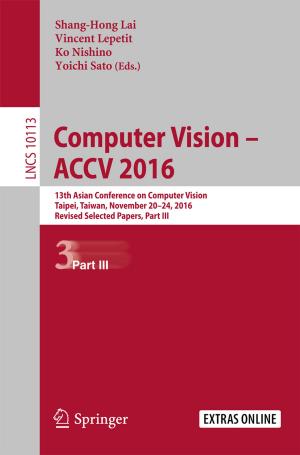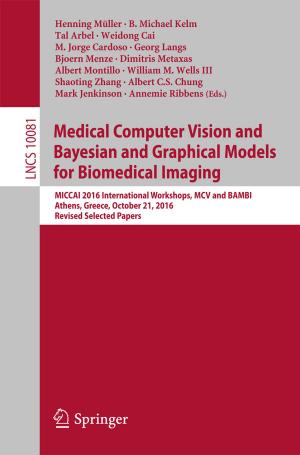Theoretical Information Reuse and Integration
Nonfiction, Computers, Advanced Computing, Artificial Intelligence, General Computing| Author: | ISBN: | 9783319313115 | |
| Publisher: | Springer International Publishing | Publication: | April 2, 2016 |
| Imprint: | Springer | Language: | English |
| Author: | |
| ISBN: | 9783319313115 |
| Publisher: | Springer International Publishing |
| Publication: | April 2, 2016 |
| Imprint: | Springer |
| Language: | English |
Information Reuse and Integration addresses the efficient extension and creation of knowledge through the exploitation of Kolmogorov complexity in the extraction and application of domain symmetry. Knowledge, which seems to be novel, can more often than not be recast as the image of a sequence of transformations, which yield symmetric knowledge. When the size of those transformations and/or the length of that sequence of transforms exceeds the size of the image, then that image is said to be novel or random. It may also be that the new knowledge is random in that no such sequence of transforms, which produces it exists, or is at least known.
The nine chapters comprising this volume incorporate symmetry, reuse, and integration as overt operational procedures or as operations built into the formal representations of data and operators employed. Either way, the aforementioned theoretical underpinnings of information reuse and integration are supported.
Information Reuse and Integration addresses the efficient extension and creation of knowledge through the exploitation of Kolmogorov complexity in the extraction and application of domain symmetry. Knowledge, which seems to be novel, can more often than not be recast as the image of a sequence of transformations, which yield symmetric knowledge. When the size of those transformations and/or the length of that sequence of transforms exceeds the size of the image, then that image is said to be novel or random. It may also be that the new knowledge is random in that no such sequence of transforms, which produces it exists, or is at least known.
The nine chapters comprising this volume incorporate symmetry, reuse, and integration as overt operational procedures or as operations built into the formal representations of data and operators employed. Either way, the aforementioned theoretical underpinnings of information reuse and integration are supported.















